5. It’s a Wonderful Life (1947)
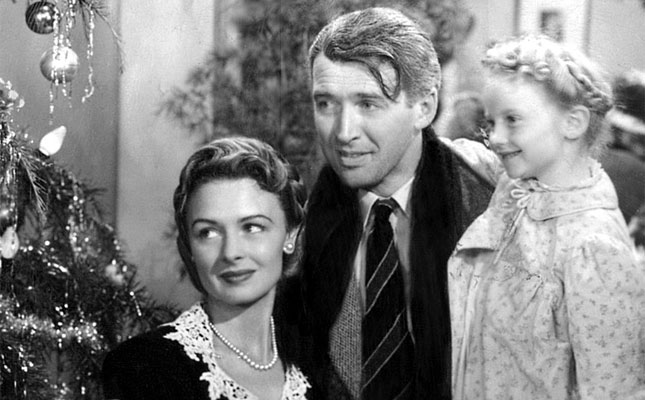
Christmas without Frank Capra’s It’s a Wonderful Life is kind of like eggs without bacon. Sure, it’s still enjoyable, but do you really want one without the other? This holiday classic is packed with heart and soul, and has the ability to tug on the heartstrings of even the coldest of individuals.
The viewers get taken on an emotional rollercoaster as they follow the life of George Bailey, a man torn between dreams of personal adventure and the realities of helping his local community.
Jimmy Stewart brings his usual charm to the screen as George, and Donna Reed shines as Mary, George’s love interest. The two help to bring as much life to the film as their characters bring to their hometown. The magic of this film is undeniable, and it will probably continue to be a holiday staple for years to come.
It’s a Wonderful Life received mixed reviews from critics upon its release. Many of the actors were praised for their performances, but Capra was referred to as being out of touch with popular film. Audiences found the film to be too sad for a holiday film, which caused many to stray away from it in theaters.
Capra once said “I didn’t even think of it as a Christmas story when I first ran across it. I just liked the idea”, but audiences at the time didn’t agree. This ended with RKO losing a total of $525,000. It wasn’t until the 70’s that this film began to fill our hearts and homes with enough holiday spirit for the studio to start making that money back.
4. Blade Runner (1982)
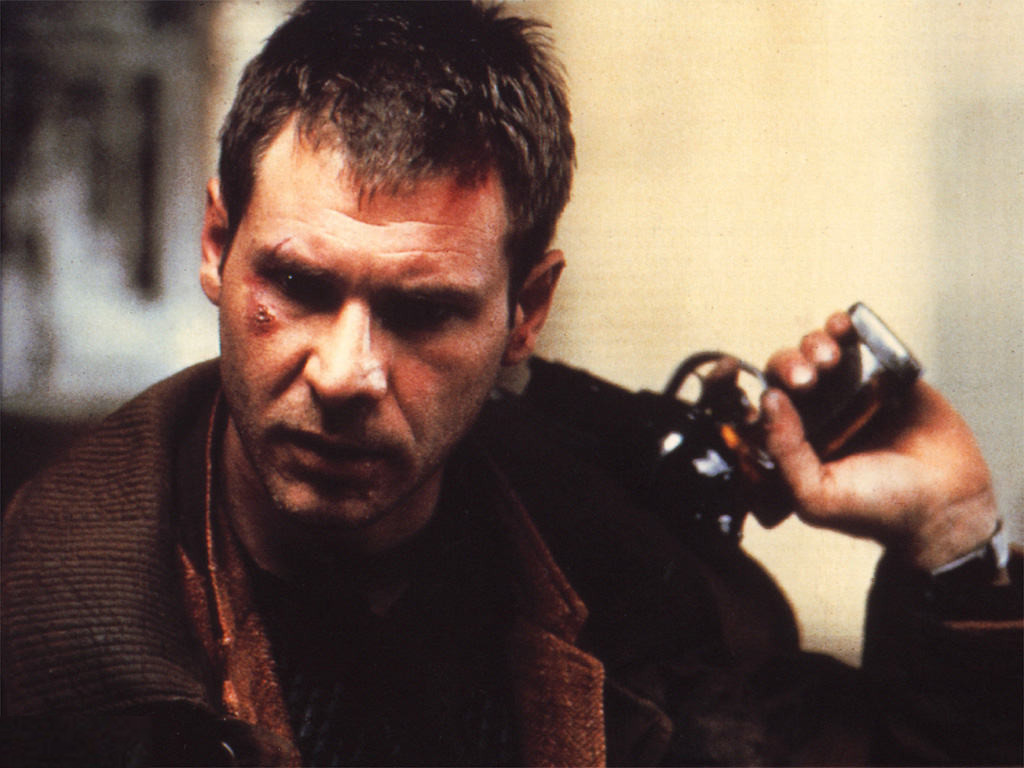
Ridley Scott’s tech-noir adaptation of Philip K. Dick’s novel Do Androids Dream of Electric Sheep? has influenced many films through the years, and assisted in the conception of the cyberpunk genre. It draws heavily on the noir films of old, but manages to stand apart.
The score (composed by Vangelis) combines classical techniques with synthesized futuristic sounds, giving the film a sense of timelessness and paying respect to the various films that influenced the film’s style.
The performances given by the cast are memorable, and the special effects are considered to be some of the best to ever hit the big screen. This multicultural retro-future created by Scott not only gives us a look into the past, but paves the way to the future of the genre.
Blade Runner had some stiff competition. The theaters were packed with some of sci-fi’s greats, including E.T, The Thing, and Star Trek II: The Wrath of Khan. This took away possible viewers from the film’s target audience. The studio also wanted to pitch it as an action film, which caused audiences to feel disappointed after discovering the film’s slower pace. The film ended up only pulling in $9.9 million during its initial theatrical run.
3. Brazil (1985)
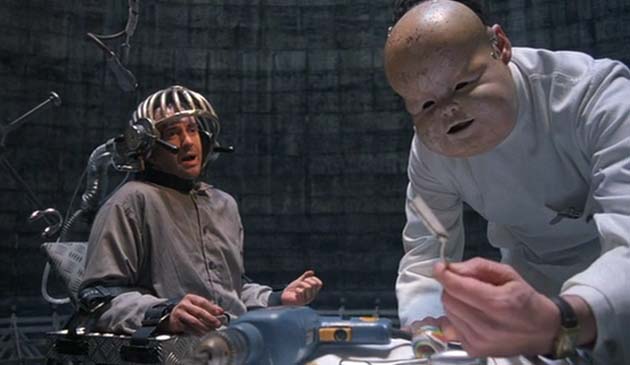
Terri Gilliam has given us several brilliant films through the years, and this dystopian sci-fi story is by far one of his best. It’s bursting at the seams with an all star cast, including Jonathan Pryce, Bob Hoskins, Robert De Niro, and Ian Holm.
Their terrific performances are captured in the traditional Gilliam fashion, with plenty of tilted angles and extremely wide lenses. His use of 14mm lens in the film has caused many to refer to it as “The Gilliam”.
The set design and detailed attention to lighting are reminiscent of those found in German Expressionism, as well as some of the older Bogart noir films. Watching this film is more an experience than a viewing, and you are guaranteed to get completely lost in this beautifully dark and wild tale.
Gilliam had a hard time with Universal Studios while pitching Brazil. They believed that the ending wasn’t testing well, and demanded that severe changes be made to the film.
Gilliam cut and reshot several scenes, only to have the studio sit on the film for quite some time. In an effort to get the film released, Gilliam took out a full page ad in Variety, and began private screenings of the film without the studio’s permission. Universal finally decided to release the film, and due to their lack of enthusiasm and publicity, Brazil only made about $10 million.
2. Vertigo (1958)
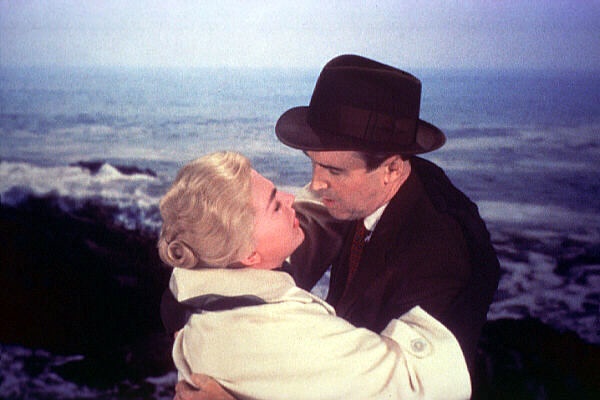
If you’re looking for a great thriller, you need search no further than the works of Alfred Hitchcock. The master of suspense has given us numerous classics, including Psycho, Rear Window, and North by Northwest. In the case of Vertigo, we get a dizzying look into the mindset of obsession.
Jimmy Stewart hits home once again in this film, and Kim Novak is nothing short of stunning. The film was incredibly innovative for its time as well. It utilized an M5 gun director (originally used to direct anti-aircraft cannons during WWII) to create the opening credits. It is also the first film to use the dolly zoom, which has led many to refer to it as “the vertigo effect”.
The color palette in the film helps to conjure strong emotional reactions, and carry a heavy representation throughout the film. Hitchcock’s attention to detail and striving push for perfection bring this film to a higher level of excellence, which is to e expected from such a talented filmmaker.
Vertigo managed to break even, despite its mixed reviews. While critics praised the attention to detail and beautiful scenery within the film, they made several negative comments about its slow pacing.
The belief was that the plot was a simple one, drowned in beautiful settings and flashy cinematic tricks. Whether the reviews had anything to do with audience reception is hard to say, but in the end, the studio considered it to be a massive failure.
While Hitchcock was trying to get Psycho up and running, he had to endure constant demands to not make another Vertigo. Hitchcock eventually stated that he believed that the film’s failure was due to Stewart being too old to be a convincing love interest for Novak’s character.
1. Citizen Kane (1941)
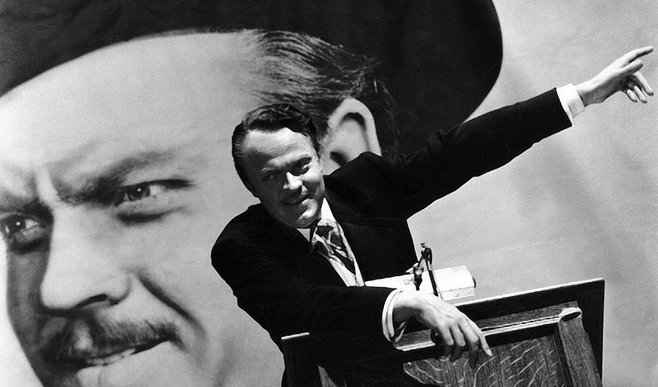
This, ladies and gentlemen, is the big one. The numero uno. The end-all be-all. Orson Welles studied filmmaking techniques religiously before making his debut feature film. The film isn’t particularly innovative, even though carious techniques are flawlessly used throughout. The true brilliance of the film comes from the blending of these techniques.
It is everything that Welles could find that was beautiful about cinema all rolled into one. His influences span a wide range of films, from Stagecoach to The Cabinet of Dr. Caligari. As a whole, Citizen Kane is a cherry-picked ensemble of film’s greatest achievements up until that point. It is now considered by many to be the greatest of all time, and is undeniably the strongest first film to ever come from a director.
The character of Charles Foster Kane was inspired by a combination of several multimillionaires of that time. One of these millionaires was William Randolph Hearst, a man who made his fortune as a newspaper publisher. Hearst took personal offense to the character, and began doing everything in his power to shut the film down. He refused to advertise it through companies that he owned, and kept the film out of several theaters.
This had a massive impact on ticket sales, and the credibility of Welles as a filmmaker. The film was only able to pull $1.6 million from the box office, and Welles had a difficult time in Hollywood afterwards.
Author Bio: Jacob Hoopes is the result of a failed government experiment involving the gene splicing of a jedi, a small dragon, and Edgar Allen Poe. Fearing being discarded, he fled the research facility and now strives to make a living as a filmmaker, musician, and novelist.